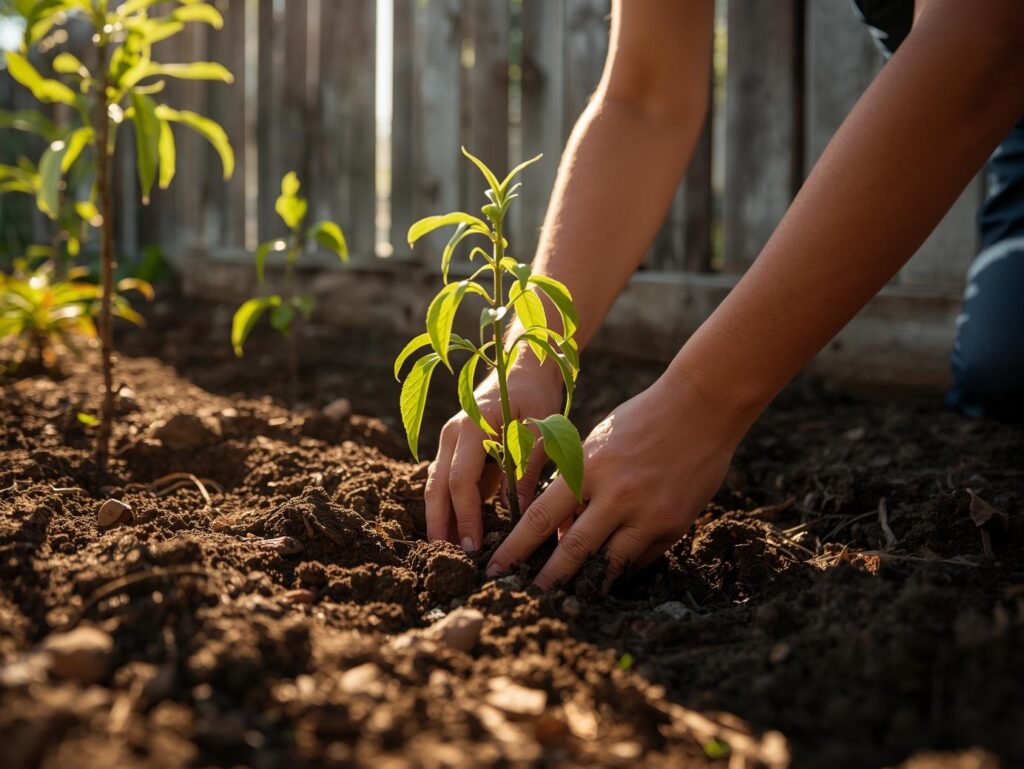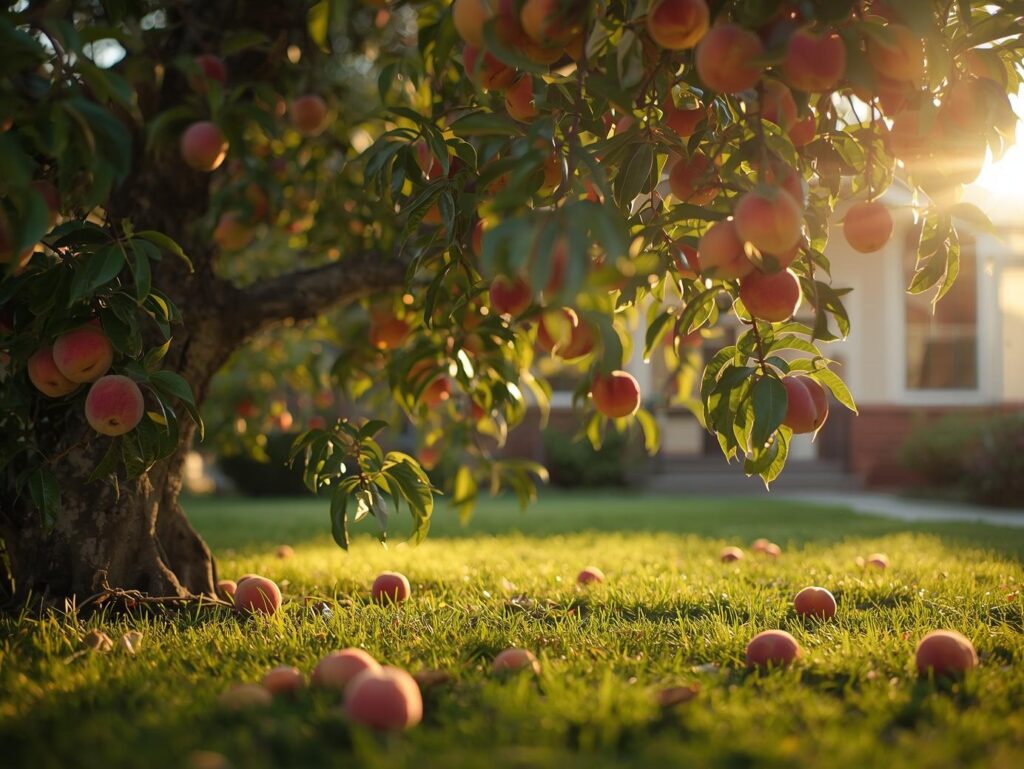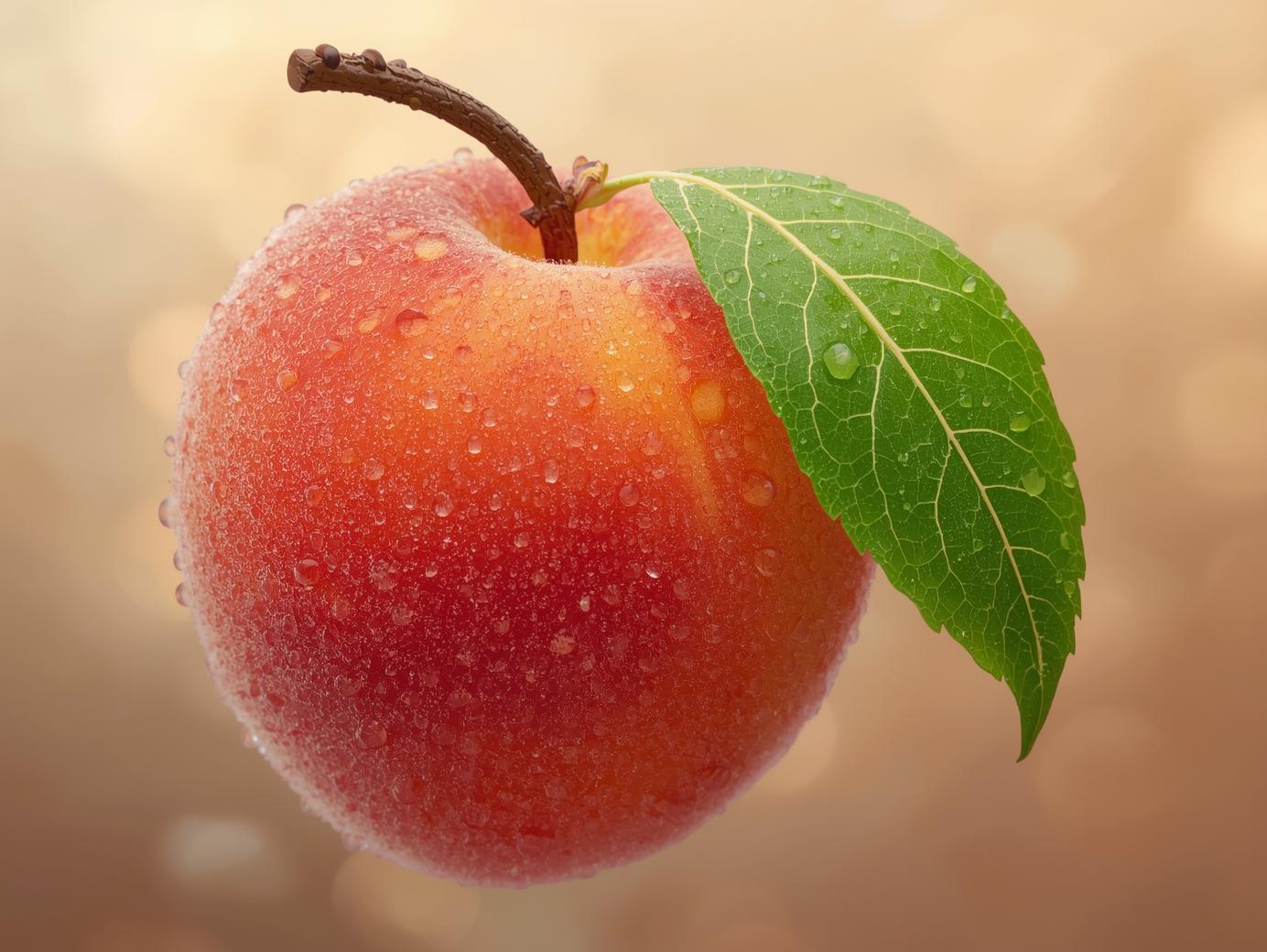Peach trees are a rewarding addition to any home courtyard garden in the United States, offering fragrant blossoms in spring and delicious fruit in summer. With proper care, these trees can thrive even in limited spaces, providing fresh peaches for family enjoyment. Understanding the specific needs of peach trees—from soil to harvest—is essential for successful cultivation. This guide walks through the key steps to grow healthy peach trees in your home courtyard.
Soil Selection
Peach trees require well-drained, sandy loam soil that is rich in organic matter to develop strong roots and produce quality fruit. They prefer a slightly acidic to neutral pH, ideally between 6.0 and 7.0, which promotes optimal nutrient availability. Heavy clay soils or those prone to waterlogging can cause root rot and other problems. Before planting, it is beneficial to test the soil and amend it with compost or aged manure to enhance fertility and drainage, ensuring the young tree can establish itself in an ideal environment.
Site Preparation
Choosing the right location for your peach tree is critical to its success. Peach trees thrive in full sun, so select a spot in your courtyard that receives at least six to eight hours of direct sunlight daily. Remove any weeds, rocks, or debris, and loosen the soil to a depth of at least 12 inches to facilitate root penetration. Good air circulation is also important to reduce disease risk, so avoid planting in low-lying or cramped areas. If planting in a container, ensure the pot has adequate drainage holes and is large enough to accommodate root growth.
Planting
Plant peach trees in early spring when the soil has warmed and there is no longer a risk of severe frost. When planting, dig a hole twice as wide and as deep as the root ball. Position the tree so that the graft union is above soil level, then backfill the hole with a mixture of native soil and compost. Water thoroughly after planting to settle the soil around the roots. For container planting, use high-quality potting mix and choose dwarf or semi-dwarf varieties that adapt well to smaller spaces and containers.

Watering
Proper watering is essential during the establishment phase and throughout the peach tree’s lifecycle. Young trees require deep watering two to three times per week during dry periods to encourage deep root growth. Once established, peach trees typically need less frequent watering, about once a week, depending on weather conditions. Avoid overwatering, which can lead to root diseases, and apply mulch around the base to retain moisture and regulate soil temperature. During flowering and fruit development, consistent watering helps prevent stress and supports healthy fruit formation.
Fertilizing
Peach trees benefit from balanced fertilization to maintain vigorous growth and enhance fruit quality. Apply a nitrogen-rich fertilizer in early spring as buds begin to swell, followed by additional feedings at intervals throughout the growing season. Organic options such as compost, aged manure, and fish emulsion provide nutrients gradually and improve soil health. Avoid excessive nitrogen in late summer or fall, as it can delay dormancy and reduce cold hardiness. Always follow recommended application rates and water after fertilizing to help nutrients penetrate the root zone.
Pruning and Training
Regular pruning and training shape the peach tree’s structure, increase sunlight penetration, and improve air circulation, all of which contribute to better fruit production and disease prevention. Begin pruning during the tree’s dormant period in late winter by removing dead, damaged, or crossing branches. Focus on creating an open center or vase shape, which allows light to reach the inner canopy. Summer pruning can help control size and encourage fruiting wood. For courtyard gardens, training trees to a manageable height and width is important to maximize space and ease of harvest.
Pest and Disease Control
Peach trees are susceptible to several pests and diseases that can impact their health and yield. Common pests include aphids, peach tree borers, and scale insects, while diseases such as brown rot, powdery mildew, and bacterial spot are frequent challenges. Early detection is key to effective control; regularly inspect leaves, shoots, and fruit for signs of infestation or infection. Integrated pest management practices, including pruning for air circulation, maintaining tree health, and using organic insecticidal soaps or horticultural oils, help reduce chemical use and promote a sustainable garden environment.
Fruiting and Harvest

Peach trees typically begin to bear fruit three to four years after planting. Flowering occurs in early spring, followed by fruit development throughout the summer months. The quality of fruit depends on proper care, including adequate watering and fertilization during this period. Peaches are ready to harvest when they develop their characteristic color, soften slightly to gentle pressure, and emit a sweet fragrance. Harvest carefully to avoid bruising, and enjoy the fruits fresh or preserve them through canning, freezing, or drying for year-round use.
